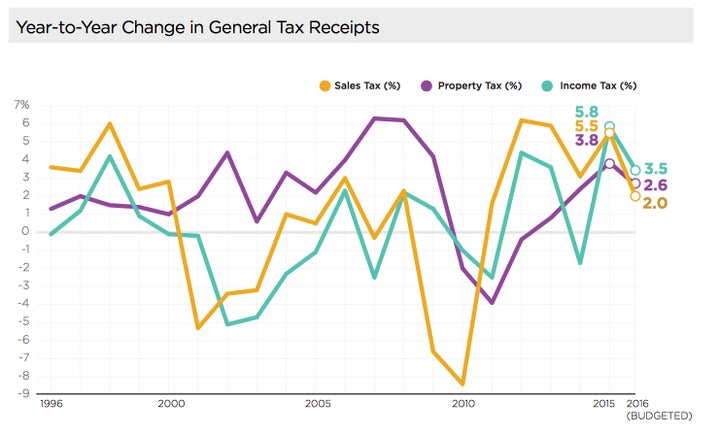Co-authored by Christiana McFarland, director of research at the National League of Cities.

It seems that every morning we wake up, it’s there. Another bit of inflammatory, race-to-the-bottom commentary emerging from the presidential election, cutting deeper into wounds we want to heal for women, minorities, immigrants…and well, America. A straw man emerging from this battle is an unfounded narrative about the “inner city,” characterized by crime, disinvestment, and all things wrong with America. But we know differently. We know that we are a nation of cities. Cities are a microcosm of what is right about America, and they are doing just fine.
Cities are leading economic growth in this country. It is the metro regions of this country that are innovating, growing, and focused on getting the job done. With 90 percent of gross domestic product generated in America’s metropolitan regions it is clear that the central unit of economic growth that should be most focused on and celebrated is the American city. The 30 largest cities in our country are responsible for half of the nation’s GDP, vastly overshooting the concomitant level of population living in these cities. The inner cities are where wealth is created, businesses are built, and economies thrive.
Furthermore, city finances are solid — and on a trajectory toward growth. Our latest research on this subject, City Fiscal Conditions, shows the trends in key city revenue sources. Although economic indicators waned last month, employment numbers and consumer confidence have been generally strong over the past year. This has contributed to recent solid growth in income and sales tax receipts. With increases in home prices, we are seeing a quicker pace of growth of property tax collections. Overall, city revenues grew by nearly 4 percent last year.

Inner cities have some of the most expensive real estate in the country. Issues of affordable housing, gentrification, and equity are front and center. Is there still crime in cities, yes of course—as there is crime in suburbs and rural areas as well, but, let’s actually look at the numbers to paint a true picture of cities.
Crime is down drastically in cities, with violent crime at its’ lowest level since 1971, and per capita violent crime falling 48% from 1995 to 2015 in metropolitan areas. Furthermore, in America’s 30 largest cities we saw the total number of murders occurring fall to 26% from 29% in 2005. Is this still too much crime? Of course, but trends paint a picture of a long-term decline—that should be built upon not put down.
Additionally, a range of quality of life indicators suggest that cites are not only holding their own, but thriving. On a number of measures, studies demonstrate how cities may actually be safer than their rural counterparts. For instance, a recent analysis concluded that death by injury is more likely to occur in rural areas, attributable in part to the higher number of car deaths in those communities.
Life expectancy has also grown more for urban residents over a forty year period compared to rural residents. The rate of death by suicide among children, teens, and young adults is roughly half of the experience of rural communities.
Not only that, cities are becoming increasingly green. There are over two million acres of park space conserved within the 100 most populous cities alone. Couple that with the fact that urban communities depend less on automobiles and have lower per capita consumption of energy and water resources, and an even more positive picture of cities begins to emerge.
So, to sum up on cities—city economies are strong, their fiscal position is strong, crime is down, and quality of life is up. Now let’s get to the real business of facing our collective challenges, grabbing opportunities for all, and strengthening America.
